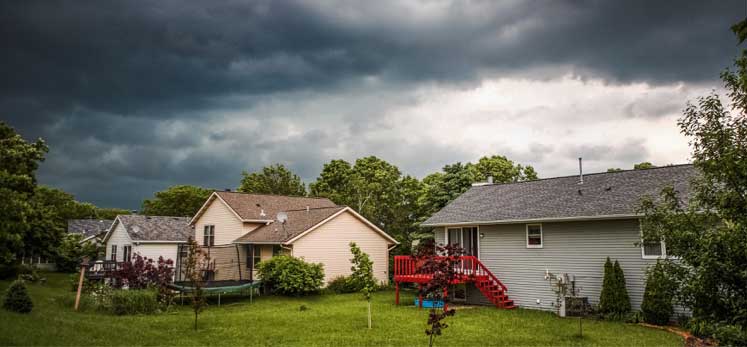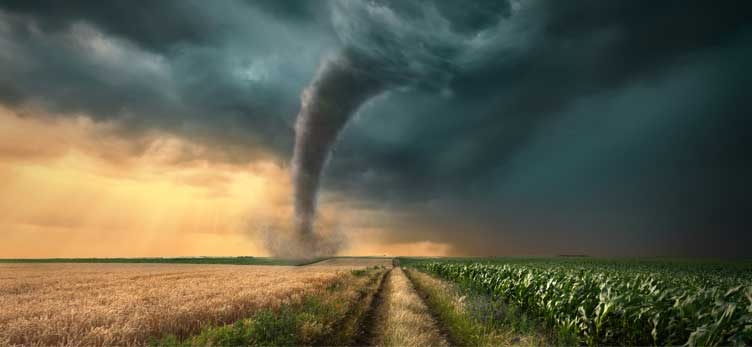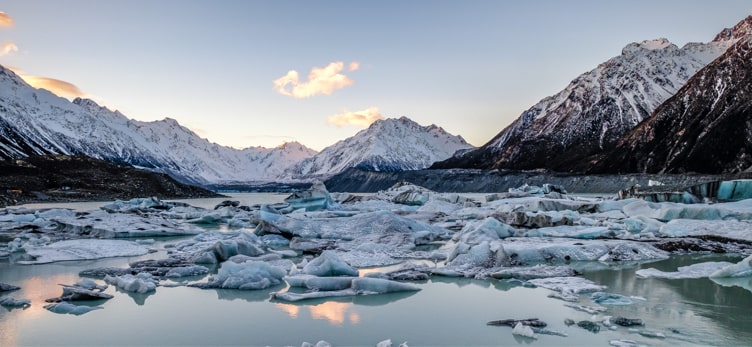- Home
- News
-
Weather Articles
-
Horoscope
- Sweepstakes
- Deal of The Day
5 Cities That Are Expected To Be Affected By Rising Sea Levels

No city is spared from the effects of global warming: some are more vulnerable than others. The rise in sea levels threatens to submerge entire cities by 2100. It has been predicted that low lying coastal cities will be most affected by rising sea levels.
Here’s a list of the 7 cities in the U.S. that are likely to be underwater by 2100:
New Orleans, Louisiana
The city still hasn’t entirely recovered from the damage caused by Hurricane Katrina in 2005. Its location on the delta of the river makes it highly prone to catastrophic floods. Earlier, New Orleans was shielded by wetlands, but due to human activity, that has been destroyed too. Parts of the city are sinking at the rate of 2 inches per year, which puts New Orleans on the track of getting submerged by 2100.
Miami, Florida
Its sea levels are already rising rapidly and are causing damage to roads and homes. Around 12,000 homes along the Miami Beach are in danger of experiencing disastrous floods within the next 30 years. The city might have to raise its structure to sustain!
Houston, Texas
Parts of the city are sinking just like New Orleans; 2 inches per year due to excessive groundwater pumping in Houston. This makes the city more susceptible to flooding, as was experienced during Hurricane Harvey, which displaced around 30,000 people.
Atlantic City, New Jersey
This city is familiar with frequent coastal flooding and is known as one of the most vulnerable areas in the U.S. when it comes to flooding. A recent study conducted suggests that approximately 37,000 people are at a risk of catastrophic flooding in the next century. It has also been predicted that some parts of its neighbouring New York City could also be affected by dangerous floods.
Charleston, South Carolina
This city is highly prone to flooding, even more than Atlantic City. Scientists have predicted that the next 100 years could cause severe damage to its residents. Coastal floods are predicted to risk the lives of around 64,000 residents of Charleston.
Installing new infrastructures and artificial barriers in cities can help them stay protected from catastrophic flooding. The higher the rise in temperature, the faster the rise in sea levels. Reducing the emissions of greenhouse gases can also help control the situation. It’s time to act faster, we’re running out of time!








